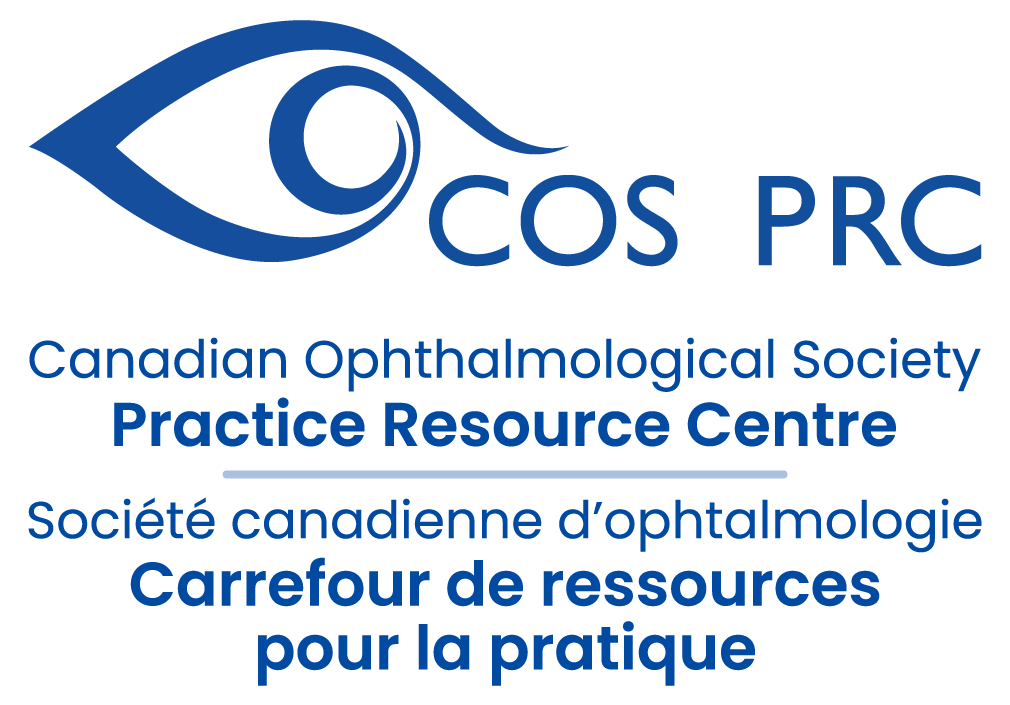Canadian Eye Care Today Volume 2, Issue 2

The latest issue of Canadian Eye Care Today is now available. This publication features clinical perspectives and practical information on topics in eye care relevant to today’s clinician. Its peer-reviewed articles focus on the treatment and management of eye disease from a Canadian perspective.
To read the issue now, click here. OR Click on the front cover of the issue below.

The content of this issue includes: Management of recurrent corneal erosions: A stepwise approach Yelin Yang, MD, FRCSC Trocar-based surgical techniques for drainage of management of suprachoroidal hemorrhages David RP Almeida, MD, MBA, PhD
Eric K. Chin, MD Anti-VEGF therapy in pregnancy and breastfeeding Amy Basilious, MD
Rajeev H, Muni, MD, FRCSC
Verena R. Juncal, MD Medical management of glaucoma for the pregnant and breastfeeding patient Gurkaran S. Sarohia, MD
Mathew M. Palakkamanil, MD, FRCSC The evolving role of women in ophthalmology: Can they truly lean in? Marie-Clause Robert, MD, FRCSC
Looking for more? Back issues of Canadian Eye Care Today are available online in open access at canadianeyecaretoday.com.
CJO: April 2023 Issue Highlights
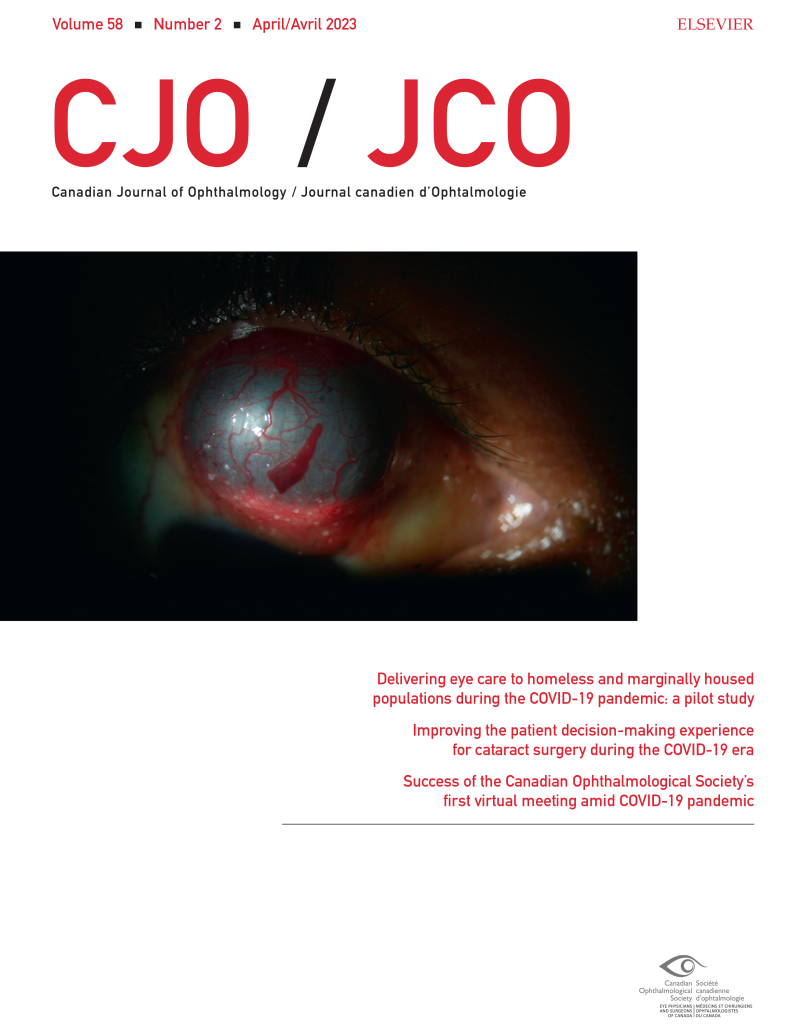
The April 2023 CJO is now available online. Here are some of the highlights:
2022 Reviewer Acknowledgement: CJO sincerely thanks all of the reviewers who volunteered their valuable time and expertise to the peer review process throughout 2022. Peer review is the cornerstone of scholarly medical publishing, and the CJO would not be where it is today without the contribution of our reviewers.
Resident Perspectives + visual abstract: Our talented team of residents have summarized 5 articles with a focus on what’s most relevant to ophthalmology learners here in Canada and around the globe, including the article featured in our April visual abstract, Improving the patient decision-making experience for cataract surgery during the COVID-19 era.
Original research articles:
· Late recurrence in birdshot chorioretinopathy
· Novel classification system for management of rhegmatogenous retinal detachment with minimally invasive detachment surgery
· Delivering eye care to homeless and marginally housed populations during the COVID-19 pandemic
· Myopic macular pits: a case series with multimodal imaging
· Success of the Canadian Ophthalmological Society’s first virtual meeting amid COVID-19 pandemic
Research letters, photo essays, and case reports:
· Increasing equity, diversity, and inclusion in the ophthalmology CaRMS selection process: ACUPO recommendations [research letter]
- Outcomes of giant cell arteritis patients treated with tocilizumab in a single neuro-ophthalmology practice [research letter]
- Effects of the COVID-19 lockdown on Canadian ophthalmologists [research letter]
· Pigmented floating vitreous cyst [photo essay]
· Explantation of iris-sutured intraocular lens [case report]
· Paraproteinemic keratopathy: recognizing the ocular significance [case report]
· Macular burn secondary to diode laser epilation [correspondence]
Follow the CJO on social media:
Facebook: CanJOphth
Instagram: @cjo_jco
LinkedIn: CJO – JCO
Twitter: @CanJOphth
Canadian Eye Care Today – Volume 2, Issue 1
The latest issue of Canadian Eye Care Today for 2023 is now available for your reading pleasure. This publication examines issues and topics that are relevant to today’s clinician in the treatment and management of eye disease from a Canadian perspective.
To read this publication now, please click here.
OR
Click on the front cover of the issue below.

Some of the content you will find in this issue:
An Approach to Optic Neuropathies
Vivek R. Patel, MD
Strategies for the Management of Ocular Surface Disease in Glaucoma
William M. Trask, MD
Adam Muzychuk, MD FRCSC
Genetics of retinal degeneration in 2023
Elise Heon, MD, FRCSC
Ajoy Vincent MBBS, MS, FRCSC
Alaa Tayyib MD
Keratoconus Management: Navigating Patient Options
Amir R. Vosoughi, MD
Guillermo Rocha, MD, FRCSC, FACS
From Social Media to Peer Review: How Can we Evaluate Medical Content for Misinformation and Bias?
Chryssa McAlister, MD, MHSc, FRCSC
Hannah Chiu MD, FRCSC
Amin Hatamnejad BSc
Please feel free to forward the publication link to your peers!
CJO: February 2023 Issue Highlights
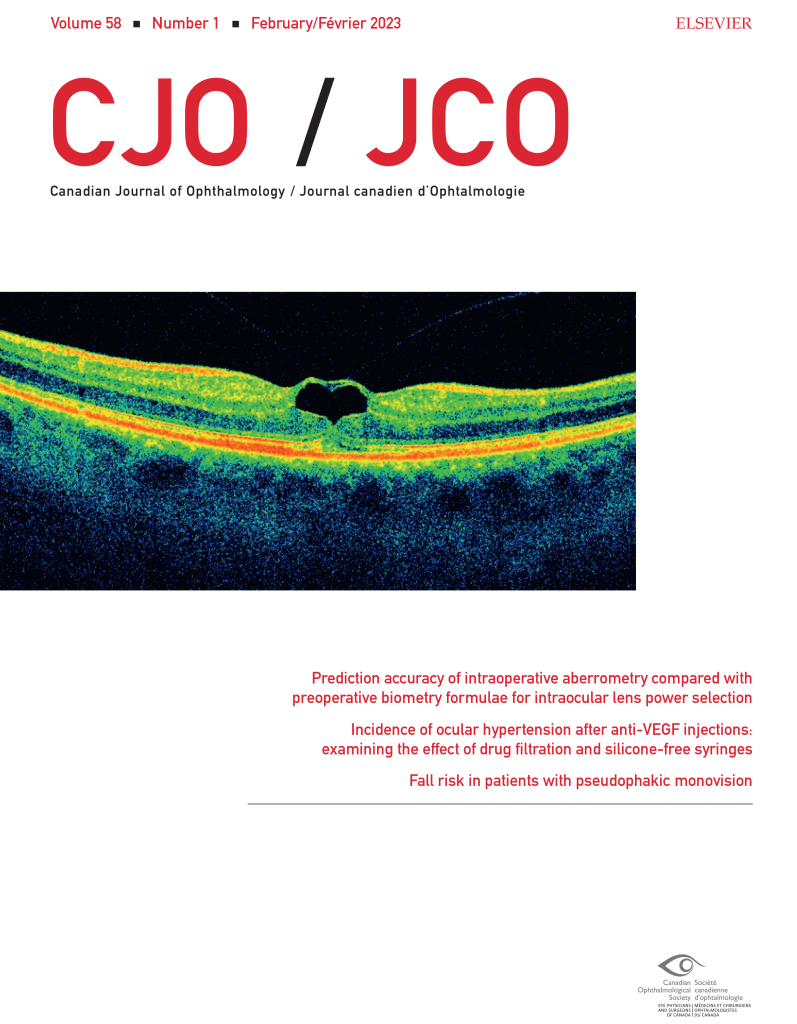
The February 2023 CJO is now available online. Here are some of the highlights:
Editor-in-Chief’s report: 2022 at CJO: In this editorial, Dr. Varun Chaudhary highlights some of the CJO’s key accomplishments and outcome metrics from 2022, including the journal’s historic Impact Factor of 2.592.
Resident Perspectives + visual abstract: Our talented team of residents have summarized 5 articles with a focus on what’s most relevant to ophthalmology learners here in Canada and around the globe, including the article featured in our December visual abstract, Comparative evaluation of dacryocystorhinostomy with retrograde intubation and conjunctivo-dacryocystorhinostomy.
Original research articles:
• Prediction accuracy of intraoperative aberrometry compared with preoperative biometry formulae for intraocular lens power selection
• Long-term follow up of choroidal changes following COVID-19 infection
• Myocutaneous sliding flap for reconstruction of divided eyelid nevus
• Fall risk in patients with pseudophakic monovision
• Choroidal vascularity index in thyroid-associated ophthalmopathy
Research letters, photo essays, and case reports:
• Surgical simulation in Canadian ophthalmology programs: a nationwide questionnaire [research letter]
• Modified DMEK technique for eyes with hydrophilic intraocular lenses [research letter]
• Canadian medical student perspectives on ophthalmology education: a needs assessment [research letter]
• Salt-and-pepper retinopathy: multimodal imaging of rubella retinopathy [photo essay]
• Laser-induced maculopathy after iris depigmentation cosmetic treatment [case report]
• Surgical management of a recurrent hereditary benign intraepithelial dyskeratosis lesion involving a Boston KPro [case report]
• Determination of the size of the stripping area using trypan blue in Descemet’s stripping only [correspondence]
Follow the CJO on social media:
Facebook: CanJOphth
Instagram: @cjo_jco
LinkedIn: CJO – JCO
Twitter: @CanJOphth
WSPOS Myopia Consensus Statement 2023
WSPOS are excited to announce the release of the 2023 Myopia Consensus Statement prepared by WSPOS Bureau Members.
This is an update to the 2016 Consensus Statement and includes details on:
• Interventions To Slow The Progression Of Myopia
• What Does Not Work or Has Minimal Effect
• What Appears To Work
We invite you to view the 2023 Myopia Consensus Statement!
Read the full Statement here:
Eye Care Competency Framework
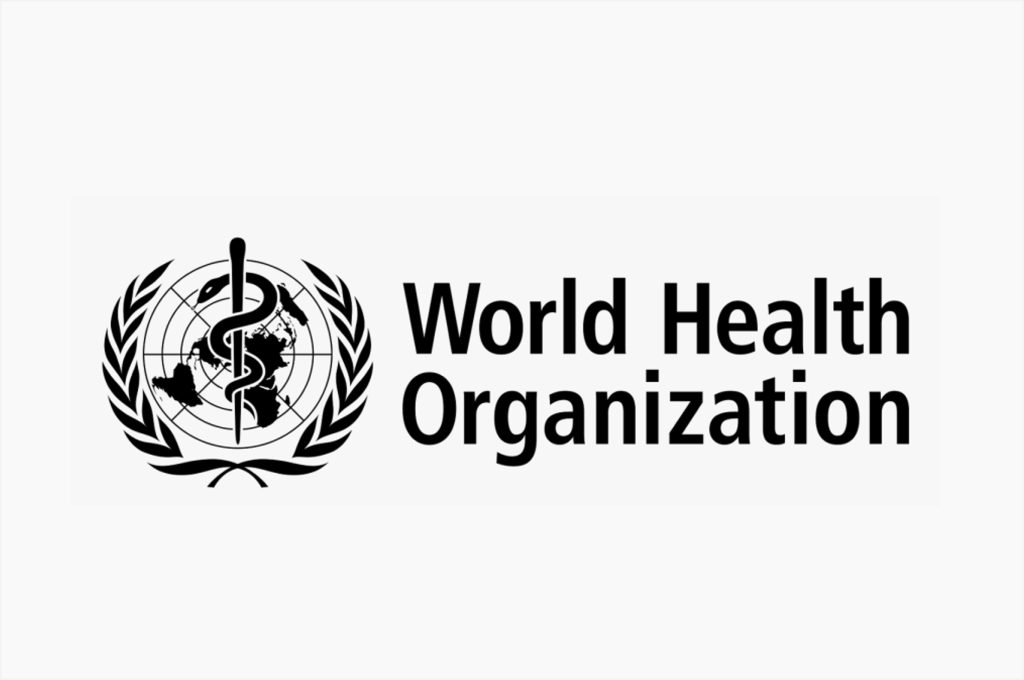
The WHO ECCF is a tool to enable quality care and integrated service delivery that meet the needs of the population.
The WHO Vision and Eye Care Programme developed the ECCF as a critical tool through which the workforce can be planned and developed with aligned competencies. This tool can assist WHO Member States and stakeholders in planning and maintaining an effective eye care workforce in terms of composition, deployment and ongoing availability to meet population needs. Additionally, the ECCF can
be used for educational and training purposes in eye care, regulation, and performance monitoring. The broader goal of the ECCF is to improve health and social and economic development outcomes by ensuring universal availability, accessibility, acceptability, coverage and quality of the eye care
workforce.
Download the full article here.
Canadian Eye Care Today – Volume 1, Issue 3
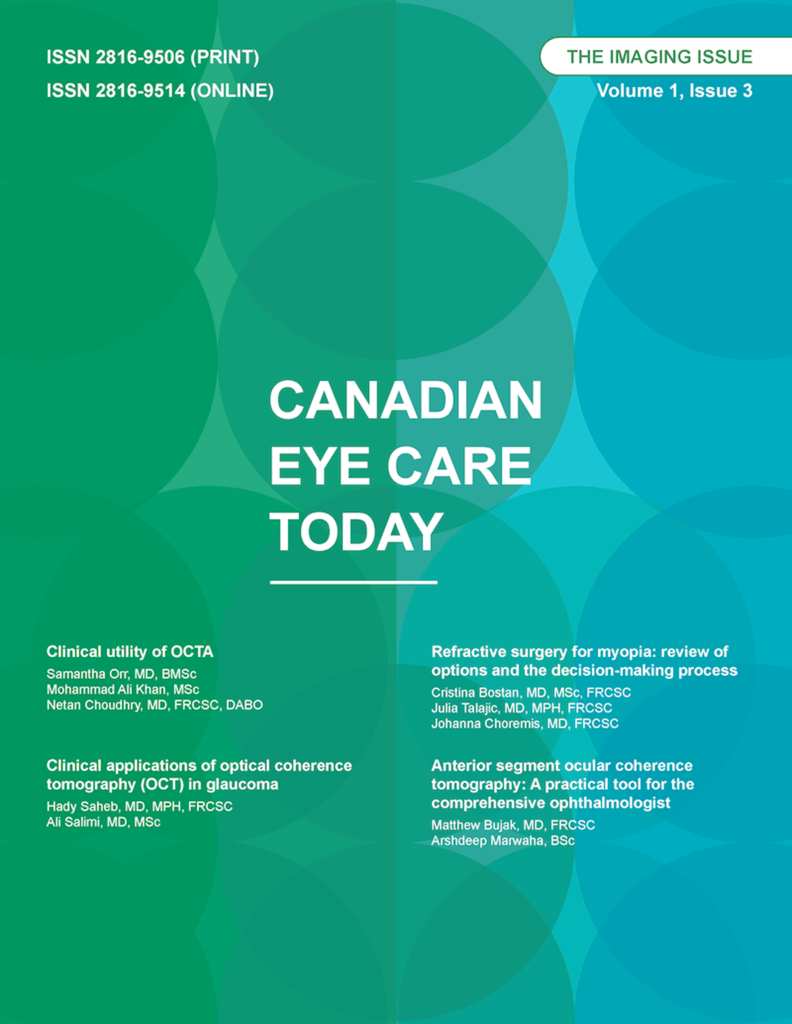
The latest issue of Canadian Eye Care Today for 2022 is now available for your reading pleasure. This publication examines issues and topics that are relevant to today’s clinician in the treatment and management of eye disease from a Canadian perspective.
Some of the content you will find in this issue:
Clinical utility of OCTA
Samantha Orr, MD, BMSc
Mohammad Ali Khan, MSc
Netan Choudhry, MD, FRCSC, DABO
Refractive surgery for myopia: review of options and the decision-making process
Cristina Bostan, MD, MSc, FRCSC, DABO
Julia Talajic, MD, MPH, FRCSC
Johanna Choremis, MD, FRCSC
Clinical applications of optical coherence tomography (OCT) in glaucoma
Hady Saheb, MD, MPH, FRCSC
Ali Salimi, MD, MSc
Anterior segment ocular coherence tomography: A practical tool for the comprehensive ophthalmologist
Matthew Bujak, MD, FRCSC
Arshdeep Marwaha, BSc

Copyright © 2022 Catalytic Health, All rights reserved.
CJO: December 2022 Issue Highlights
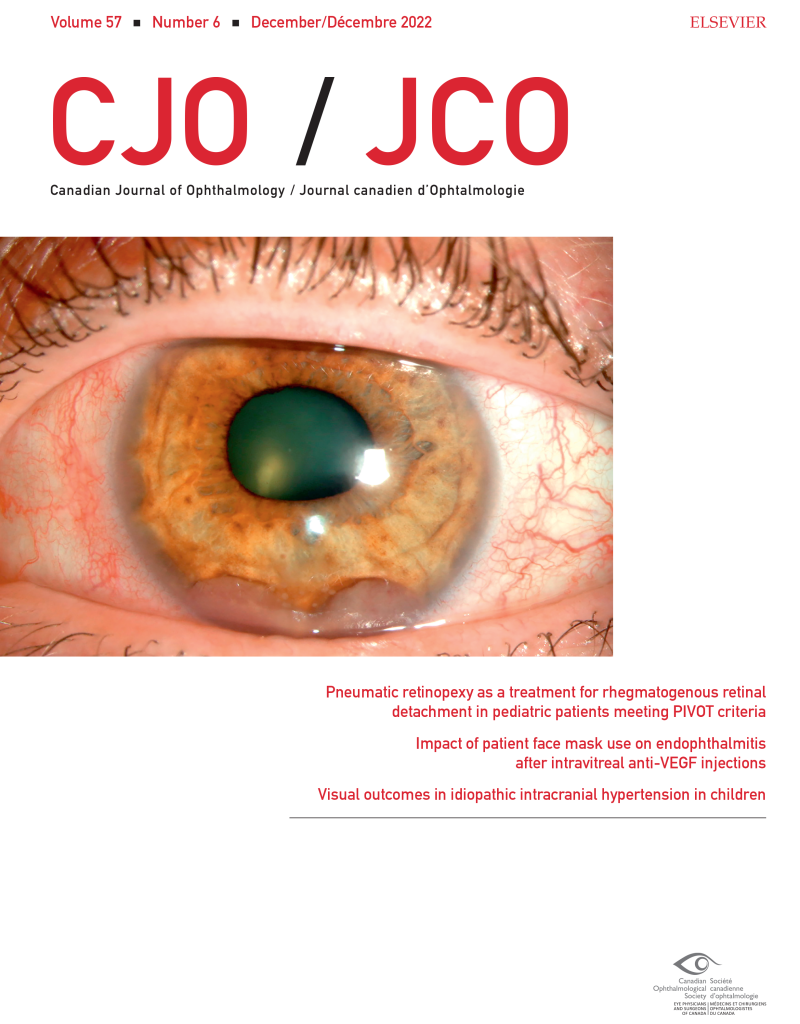
The December 2022 CJO is now available online. Here are some of the highlights:
Resident Perspectives + visual abstract: Our talented team of residents have summarized 5 articles with a focus on what’s most relevant to ophthalmology learners here in Canada and around the globe, including the article featured in our December visual abstract, Pneumatic retinopexy as a treatment for rhegmatogenous retinal detachment in pediatric patients meeting PIVOT criteria.
Original research articles:
• University of Toronto’s redesigned ophthalmology curriculum and eye dissection lab
• Effect of bariatric surgery on macular and peripapillary choroidal structures in young patients with morbid obesity
• Visual outcomes in idiopathic intracranial hypertension in children
• Dacryops and clinical diagnostic challenges
• Impact of patient face mask use on endophthalmitis after intravitreal anti-VEGF injections
Photo essays and case reports:
• Multimodal imaging in a case of rubella retinopathy [photo essay]
• Ophthalmic complications of immune checkpoint inhibitor therapy for metastatic ovarian cancer [photo essay]
• Late-onset diffuse lamellar keratitis after treatment with cenegermin [case report]
• Sebaceous cell carcinoma presenting as ocular Marjolin ulcer following immunosuppression for a chemical burn [case report]
• Secondary pseudotumour cerebri syndrome in children: clinical characteristics and long-term outcomes [correspondence]
Follow the CJO on social media:
Facebook: CanJOphth
Instagram: @cjo_jco
LinkedIn: CJO – JCO
Twitter: @CanJOphth
Canadian Rheumatology Association Recommendations for the Screening, Monitoring, and Treatment of Juvenile Idiopathic Arthritis–Associated Uveitis.
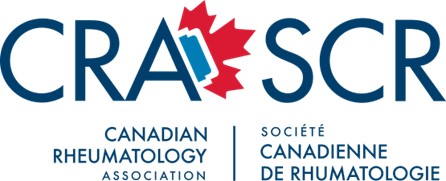
We are pleased to share with you the Canadian Rheumatology Association Recommendations for the Screening, Monitoring, and Treatment of Juvenile Idiopathic Arthritis–Associated Uveitis.
These Canadian JIA-associated uveitis guidelines were developed by a working group of 14 pediatric rheumatologists, 6 ophthalmologists, 2 methodologists and 3 caregiver/patient representatives using a GRADE-Adolopment approach applied to the 2019 ACR JIA-Associated Uveitis Guidelines. This streamlined method was chosen to develop Canadian guidelines considering the Canadian context, including patient preferences, cost/resource considerations, and feasibility of implementation.
The recommendation has been published as a living guideline on MAGIC authoring and publication platform (MAGICapp) and has also been published as a full manuscript in the Journal of Rheumatology.
Click here to read the CRA Recommendations for JIA-Associated Uveitis on MAGICapp
Click here to read the full manuscript published in the Journal of Rheumatology
Congratulations and thank you to the CRA Uveitis Guidelines Panel, led by Drs. Roberta Berard and Deb Levy, and supported by Guidelines Committee Chair Dr. Glen Hazlewood and methodologist Jordi Pardo Pardo. These guidelines were developed in collaboration with several ophthalmology colleagues and have been endorsed by the Canadian Ophthalmological Society Board. Special thanks as well to Dr. Arnav Agarwal for his assistance with the MAGICapp platform.
The CRA will be sharing these documents with the larger rheumatology community including disease organizations, patient groups and Canadian media outlets. We encourage you to share it with your associates and colleagues via email or social media.
All media enquiries should be forwarded directly to Ahmad Zbib at [email protected] or through the CRA’s website at https://rheum.ca/contact-us/.
On behalf of the CRA Board of Directors,
Ahmad M Zbib MD CPHIMS-CA
Chief Executive Officer
Canadian Rheumatology Association
Phone: 905-952-0698 EXT 8
Email: [email protected]
